Phonics Skills Normal Letter Sounds Worksheets for Ages 4-9
7 filtered results
-
From - To
Unlock the power of phonics with our Phonics Skills Normal Letter Sounds Worksheets designed for children ages 4-9. These engaging, printable worksheets provide a fun and interactive way for young learners to master letter sounds and enhance their reading skills. Each worksheet focuses on different phonetic elements, presenting a variety of activities that encourage sound recognition and pronunciation. Whether at home or in the classroom, our resources are perfect for reinforcing phonics knowledge through colorful visuals and interactive tasks. Help your child build confidence in their reading abilities while enjoying the process of learning. Explore our collection today!
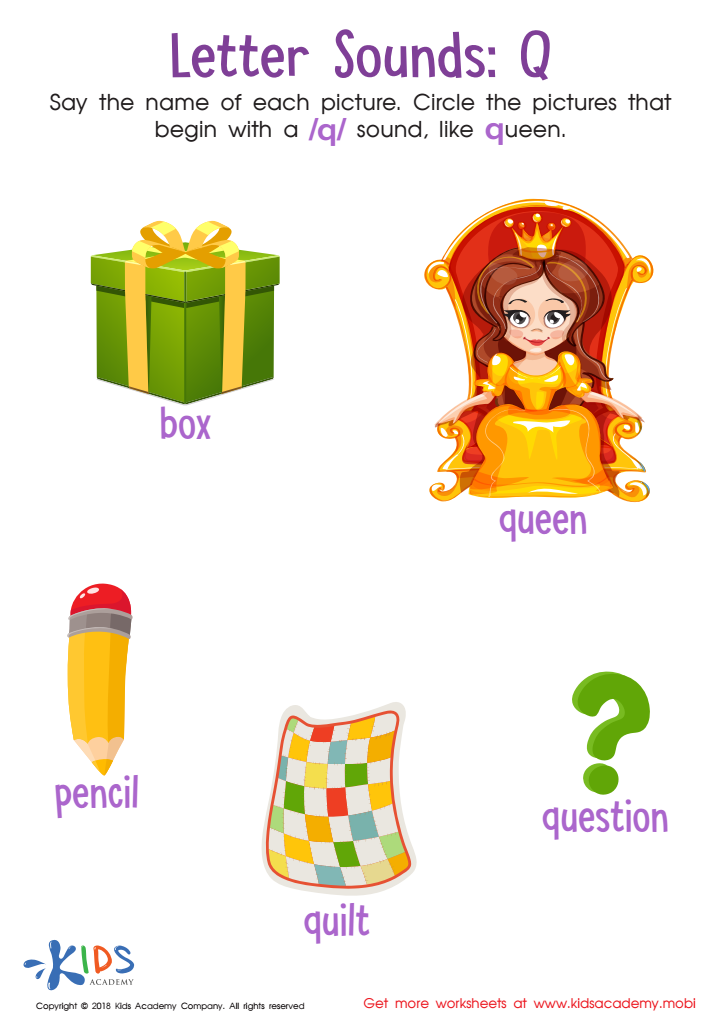

Letter Q Sounds Worksheet
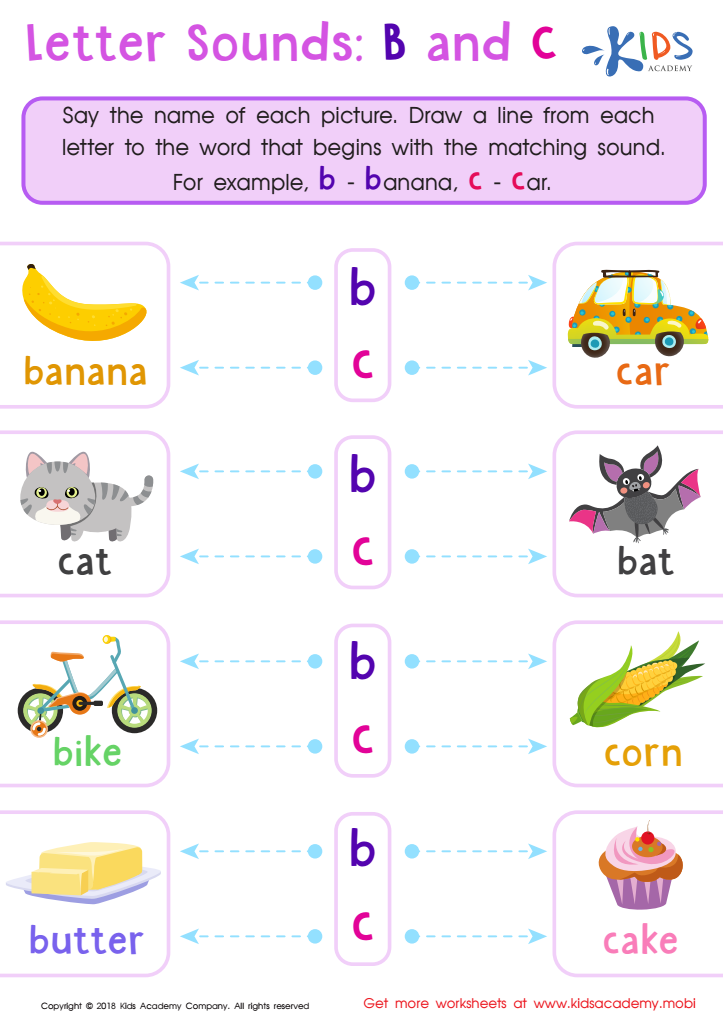

Letter B and C Sounds Worksheet


What Do You Hear? Worksheet
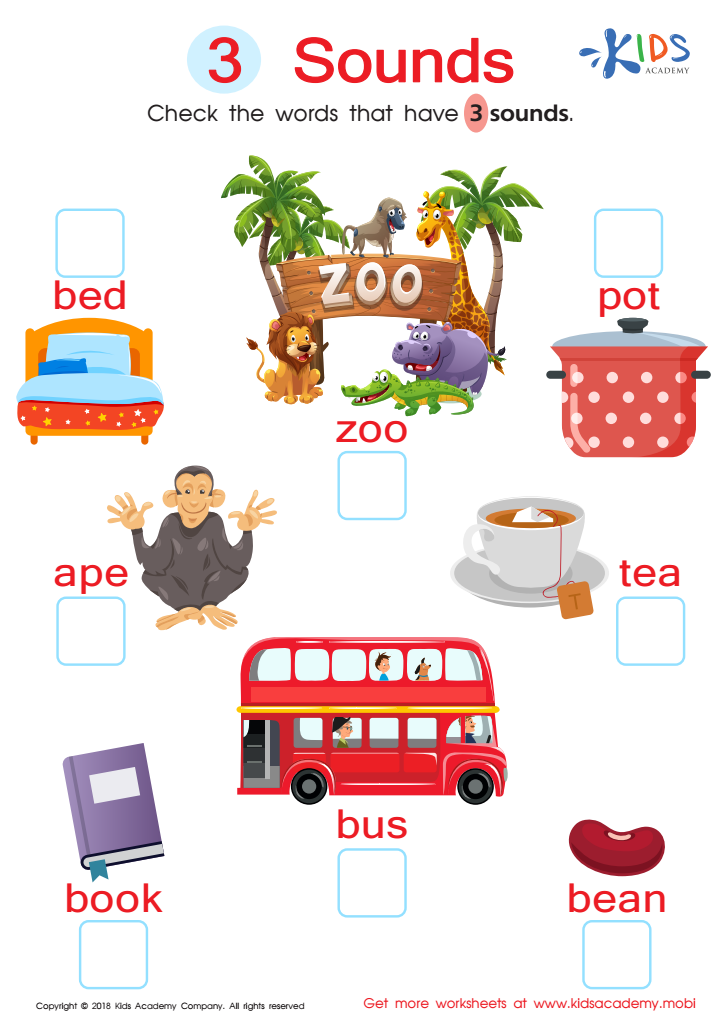

3 Sounds Worksheet
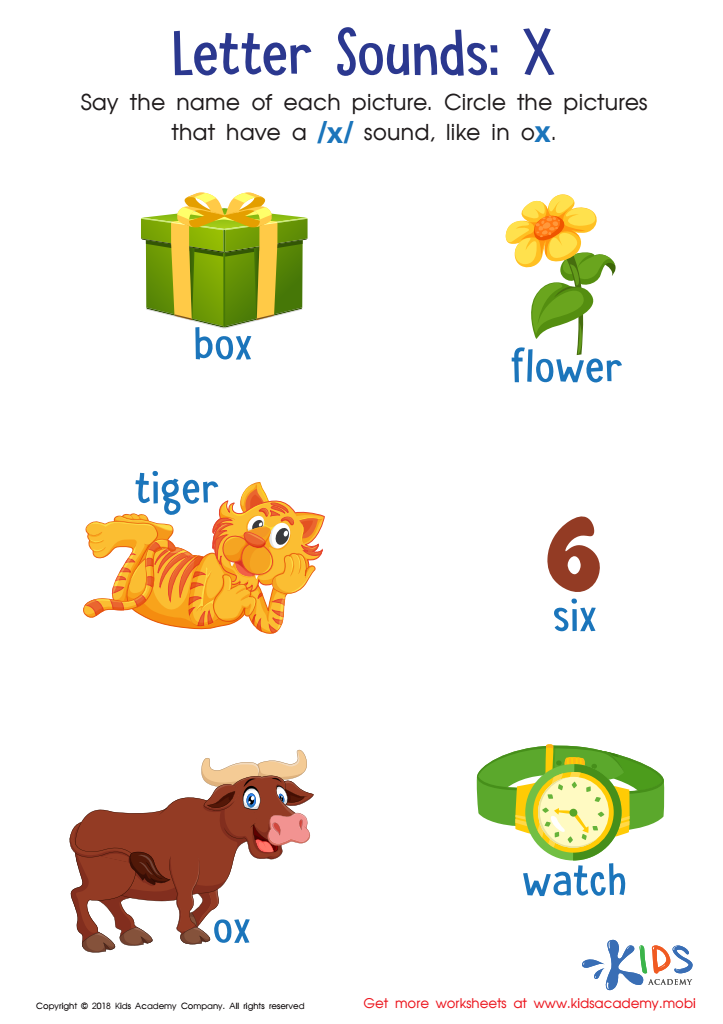

Letter X Sounds Worksheet
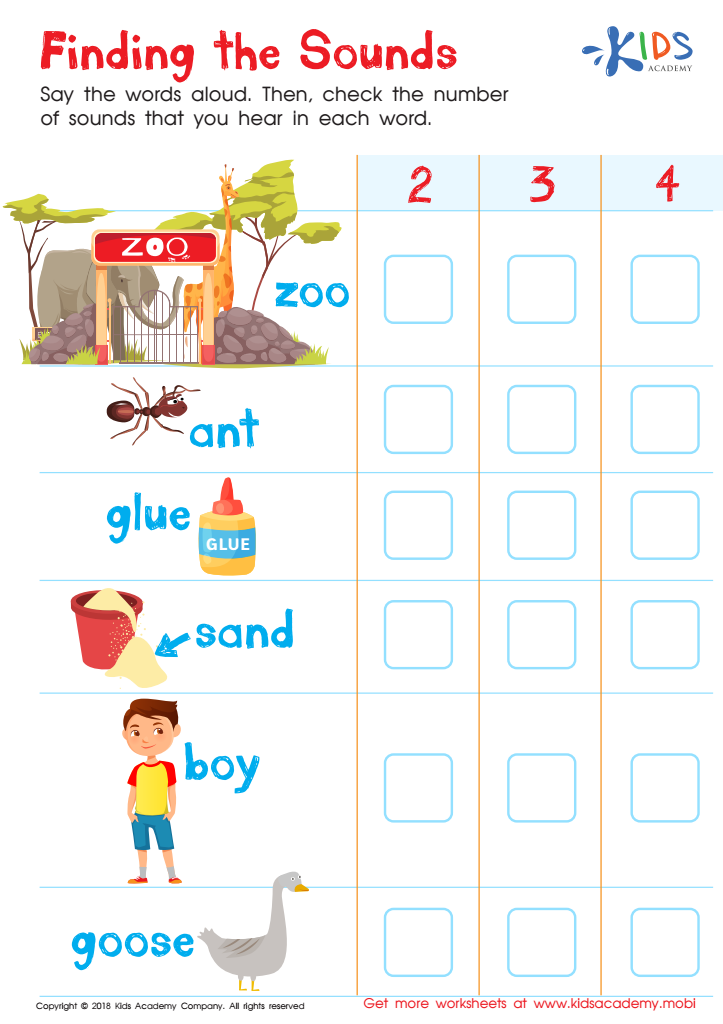

Finding the Sounds Worksheet


Letter l and M Sounds Worksheet
Phonics skills, particularly understanding normal letter sounds, are foundational for early reading and writing development in children aged 4 to 9. Mastering these skills equips youngsters with the ability to decode words, enabling them to transition from recognizing letters to reading fluently.
Parents and teachers should care about phonics for several reasons. Firstly, phonics fosters strong literacy skills, which are essential not just for academic success but also for effective communication later in life. Children who grasp phonics early feel more confident when tackling new words, making them more likely to engage with texts independently.
Moreover, phonics instruction is linked to better spelling and vocabulary development. As children learn the relationship between letters and their sounds, they improve their ability to write clearly and express ideas, laying the groundwork for future writing skills.
Additionally, understanding normal letter sounds helps cultivate a love for reading. Children often find joy in reading when they can decode independently, leading to a desire for exploration through books. By prioritizing phonics skills early on, parents and teachers support not just immediate literacy development, but also encourage lifelong learning and curiosity. Ultimately, investing in phonics education is investing in a child’s future success.
 Assign to My Students
Assign to My Students













